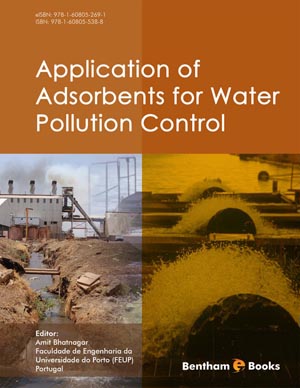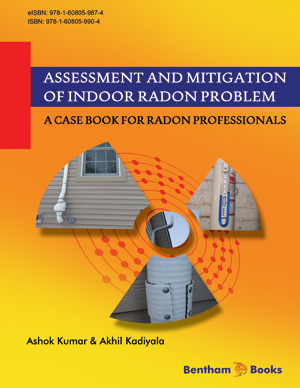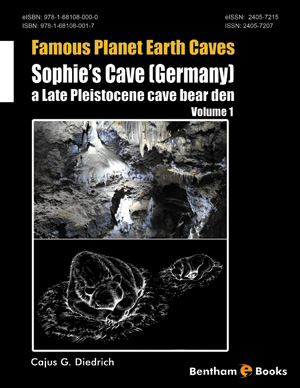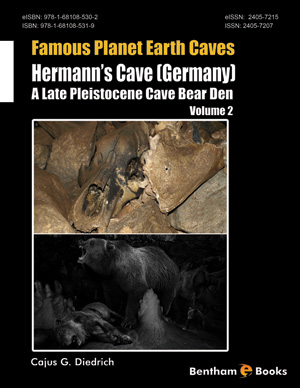Abstract
The evaluation of exposure in association with information on the inherent toxicity of the chemical (that is, the expected response to a given level of exposure) plays a critical role to predict the probability, nature, and magnitude of the adverse health effects. The epidemiological findings, the results on cancers and other chronic diseases with a long latency are a weak tool to reduce the risk for the current and next generation. An important issue is the exposure time into health risk assessment/management, especially in highly polluted areas, where health problems increase. In this regard, the environment and health aspects must become, as a matter of urgency, an international priority, both in terms of policy and resource allocation. The use of reproductive biomarkers for early risk detection is introduced by the EcoFoodFertility research project in one of the areas with the highest environmental impact in Europe, “Land of Fires” in Southern Italy. This area, a symbol of the ecological crisis, represents a possible new methodological approach in public health. This chapter aims to explain how biomarkers of reproductive health could be exploited as early flags of environmental pressure and enhanced risk of chronic adverse effects on health. In particular, human semen seems to be a sensitive source of biomarkers, giving information on biologically active exposures, and it can be very useful for preventive health surveillance programs, especially in environmental risk areas. This approach appears very promising, above all, in young people (maximum fertile age:18- 35 years), considering the possibility to reduce the chronic-degenerative diseases in future adults. In this context, many scientific findings are increasingly about the association between pollution and fertility problems and therefore, the safeguard of germ cells is a new challenge to reduce the burden of epigenetically transmitted diseases.
Keywords: DOHaD, Ecofoodfertility, Environmental Marker, Endocrine Disruptors, Environmental Health, Epigenetic, Health Marker, Human Semen, Land of Fires, POHaD, Public Health, Pollution, Reproductive Health, Semen Quality, Sperm Epigenome.












